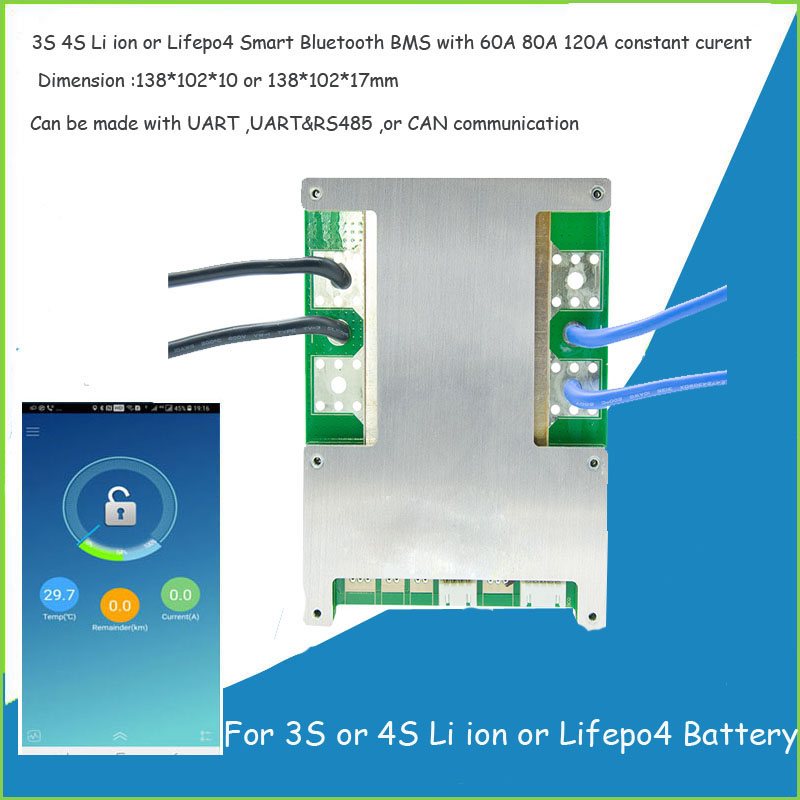Bernie the bolt
New Member
- Joined
- Feb 20, 2022
- Messages
- 4
Hi newbie here with some solar experience ( installed own system on a narrowboat )
I have a 2001 Merc sprinter motorhome and I wish to upgrade its solar and home battery capacity to improve its ability for "wild" off grid camping .
Current system :-
Single 120w pv panel on the roof ( poorly wired by previous owner with excessive cable run and undersized cable )
Cheapie pwm Chinese ( purports to be mppt ) 40amp controller
Newish (3 year old) Leoch 120ah adventurer AGM House battery
Merlin smartgauge to monitor battery SOC
240v 15amp 3 stage battery charger ( also has a float setting)
Merlin VSR between starter and house battery. ( fitted with an disconnect battery switch as I suspect the slightly different chemistry causes a drain on the house battery when left connected over a long time when the van not in use )
Biggest drain overnight is the 12v fridge and blown air heating.
Typical overnight draw is 40 -50 ah resulting in battery soc @ 50-60% in the morning (typical winter values , summer is better )
Proposed improvements:-
Change the solar panel to a larger 250 - 350 watt with 4mm cabling via a more direct run to a true mppt controller.
Add a amp/hour meter with a shunt to better understand system loads / charge levels
Add some LiFePo4 connected in parallel to the AGM ( say 105 ah x 4 bare LiFePo4 cells connected in series with a smart bms + Bluetooth capability)
It's this last line I need advice on - what size bms should I order ? ( the sprinter's alternator has recently been upgraded to a 200amp model )
Currently the voltage under charge with engine running rises to about 14.75 v , I haven't checked the amps yet but I have a clamp multimeter rated to 200amp.
I also have concerns with the VSR , somebody has suggested the LiFePo4 voltage will "hold it open".
I was thinking of sourcing 4 x 3.6v LiFePo4 cells ( the blue ones ) from Aliexpress- about £107 for the 4 Currently with carriage from Germany, and a Daly BMS.
Any thoughts/ comments appreciated.
Bernard, Redruth Cornwall.
I have a 2001 Merc sprinter motorhome and I wish to upgrade its solar and home battery capacity to improve its ability for "wild" off grid camping .
Current system :-
Single 120w pv panel on the roof ( poorly wired by previous owner with excessive cable run and undersized cable )
Cheapie pwm Chinese ( purports to be mppt ) 40amp controller
Newish (3 year old) Leoch 120ah adventurer AGM House battery
Merlin smartgauge to monitor battery SOC
240v 15amp 3 stage battery charger ( also has a float setting)
Merlin VSR between starter and house battery. ( fitted with an disconnect battery switch as I suspect the slightly different chemistry causes a drain on the house battery when left connected over a long time when the van not in use )
Biggest drain overnight is the 12v fridge and blown air heating.
Typical overnight draw is 40 -50 ah resulting in battery soc @ 50-60% in the morning (typical winter values , summer is better )
Proposed improvements:-
Change the solar panel to a larger 250 - 350 watt with 4mm cabling via a more direct run to a true mppt controller.
Add a amp/hour meter with a shunt to better understand system loads / charge levels
Add some LiFePo4 connected in parallel to the AGM ( say 105 ah x 4 bare LiFePo4 cells connected in series with a smart bms + Bluetooth capability)
It's this last line I need advice on - what size bms should I order ? ( the sprinter's alternator has recently been upgraded to a 200amp model )
Currently the voltage under charge with engine running rises to about 14.75 v , I haven't checked the amps yet but I have a clamp multimeter rated to 200amp.
I also have concerns with the VSR , somebody has suggested the LiFePo4 voltage will "hold it open".
I was thinking of sourcing 4 x 3.6v LiFePo4 cells ( the blue ones ) from Aliexpress- about £107 for the 4 Currently with carriage from Germany, and a Daly BMS.
Any thoughts/ comments appreciated.
Bernard, Redruth Cornwall.





